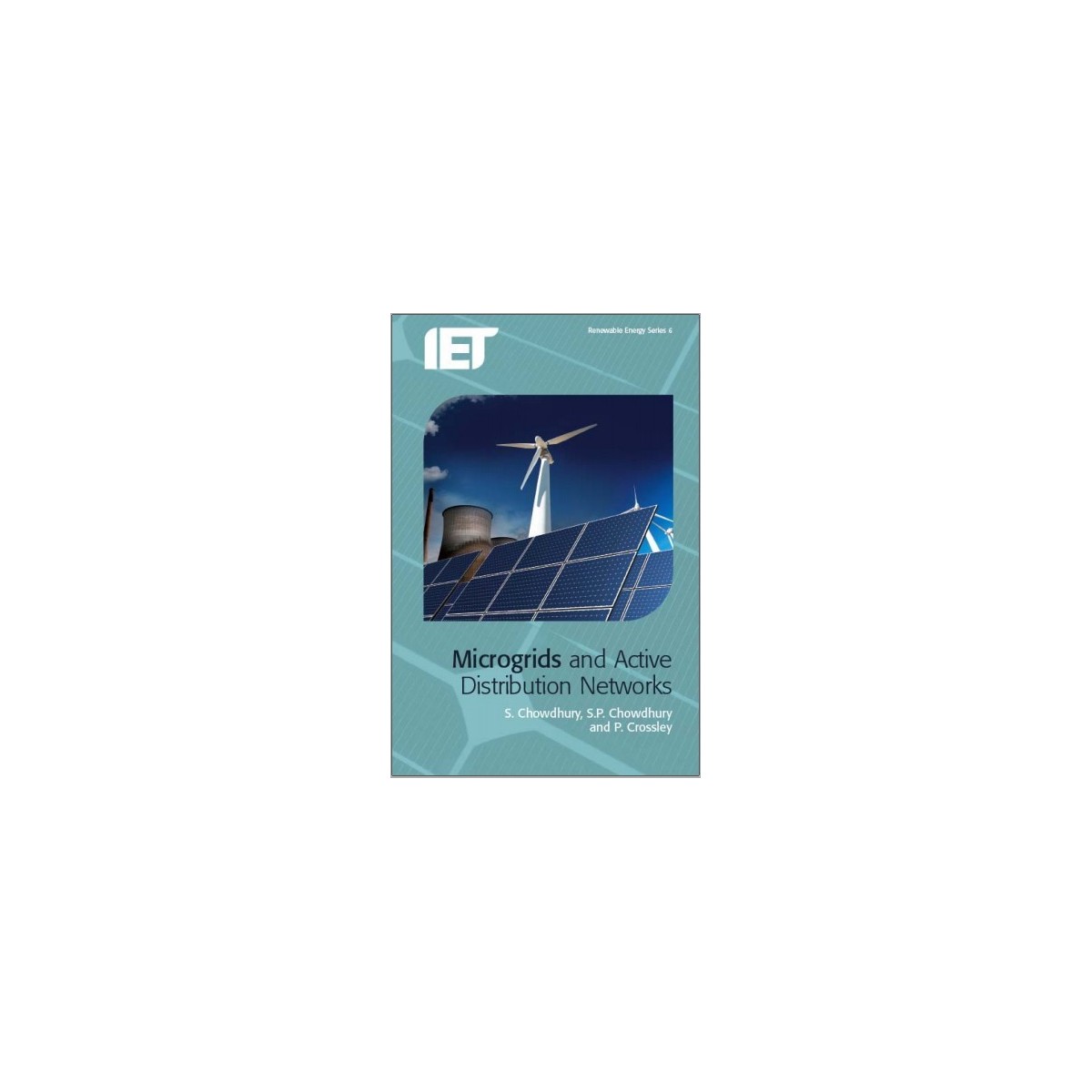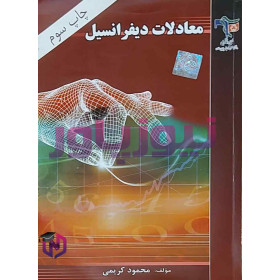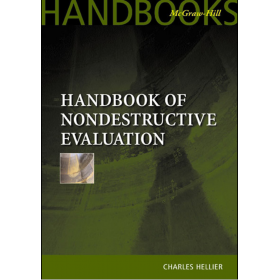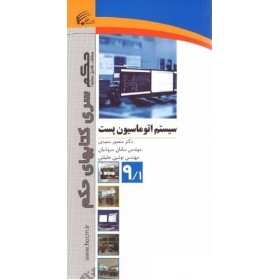Microgrids and Active Distribution Networks
کتاب عالی :
Microgrids and Active Distribution Networks
نوشته :
S. Chowdhury, S.P. Chowdhury and P. Crossley
سری ششم .
IET RENEWABLE ENERGY SERIES 6
Another book on distributed generation? Too much seems to have been published recently on renewable energy sources and active distribution networks.
Whole conferences are devoted to the topics. Well-funded research programmes and government-regulated subsidies stimulate and encourage investment in the new systems. It is precisely this volume of material that makes this
book welcome at this time.
Brought together by their common interest and complementary experience,
Sunetra Chowdhury, SP Chowdhury and Peter Crossley have collated and
integrated the many parallel developments in distributed generation during the
past 10 years. Their book is a worthy successor to Embedded Generation by Nick
Jenkins and his colleagues published in 2000, also by the IET. Without repeating
the material in that work, the new book brings the technology up to date.
The authors have not neglected the aspects of new energy technologies that
make distributed generation so attractive from an environmental perspective.
However, the emphasis in this book is on the supporting technologies that can
turn conventional passive electricity delivery networks into the active networks
of the future. The focus is clearly on integrating the new, dispersed sources with
the systems of dominant central generation, and on allowing the new technologies to operate effectively in isolated systems.
Power electronics, communications and protection introduce the ‘smart’ into
the grids of the future. The point is often lost that smart grids can be no better
than the smart engineers who conceive and implement them. The clear presentation of the details of these enabling technologies makes this book a valuable
reference for research students and those engineers involved in the planning,
design and installation of new systems or the upgrading of existing ones.
But this book is not only for the technical specialists. Technology in isolation is seldom successful. Good designs succeed in the appropriate context.
So this book also presents the economic and market aspects of active systems
and dispersed generation, which are needed to complement the technical
expertise of the engineers.
Finally, this book comes at a critical time in the environmental and economical evolution of the electricity industry. For many already in the industry
and the students who will be entering it, the future will be different, confusing,
challenging and even exciting. A sound understanding of the material in this
book will help individuals and utilities adapt to the changes. Yes, it is another
book on distributed generation – a timely, relevant, balanced and readable one.
Prof. CT Gaunt
University of Cape Town











